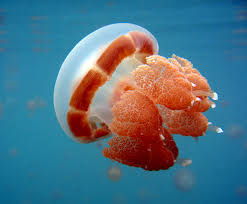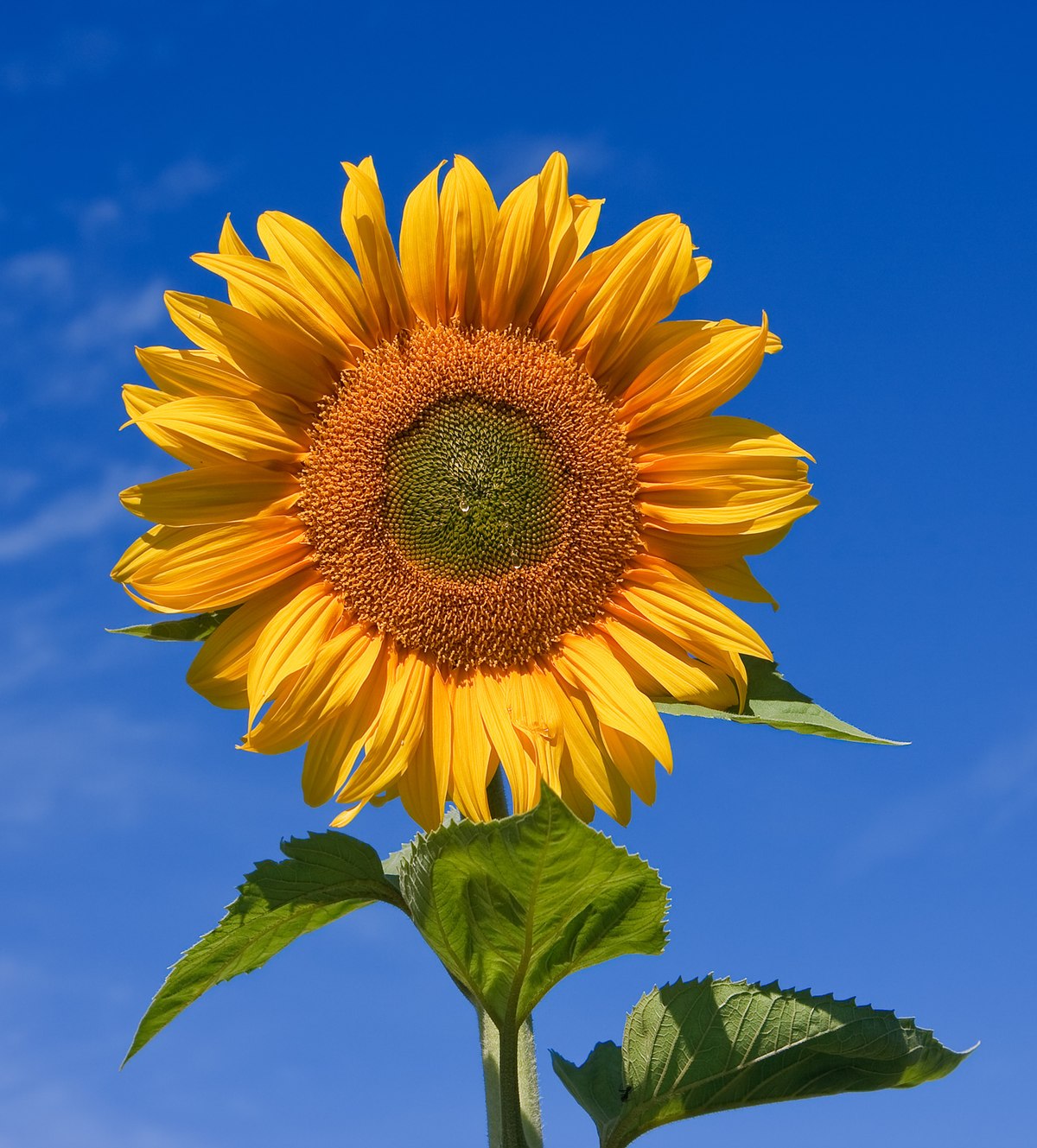Mini Sheet: Japanese Traditional Color (Series 4) (Japan 2020)
Japanese Traditional Color (Series 4) (Japan 2020)
19 June (Japan ) within release Japanese Traditional Color (Series 4) (2020) goes into circulation Mini Sheet Japanese Traditional Color (Series 4) face value 10*84 Japanese yen
| Mini Sheet Japanese Traditional Color (Series 4) in catalogues | |
|---|---|
| Colnect codes: | Col: JP 2020-23B |
Mini Sheet is horizontal format.
Also in the issue Japanese Traditional Color (Series 4) (2020):
- Mini Sheet - Japanese Traditional Color (Series 4) face value 10*63;
- Stamp - Mulberries face value 63;
- Stamp - Bitter Lemon face value 63;
- Stamp - Ramune Bottle face value 63;
- Stamp - Goldfish face value 63;
- Stamp - Shaved ice (with strawberry syrup) face value 63;
- Stamp - Ice Cream with Cherry face value 63;
- Stamp - Green Peas face value 63;
- Stamp - Kingfisher face value 63;
- Stamp - China pink blossoms (Dianthus chinensis) face value 63;
- Stamp - Rose blssoms face value 63;
- Mini Sheet - Japanese Traditional Color (Series 4) face value 10*84;
- Stamp - Coloured Glass face value 84;
- Stamp - Indigo-dyed Fan face value 84;
- Stamp - Curry face value 84;
- Stamp - Straw Hat face value 84;
- Stamp - Comorant fishing face value 84;
- Stamp - Jellyfish face value 84;
- Stamp - Cumulonimbus cloud face value 84;
- Stamp - Maize / Corn face value 84;
- Stamp - Sunflowers face value 84;
- Stamp - Beetles face value 84;
Mini Sheet Japanese Traditional Color (Series 4) it reflects the thematic directions:
Beetles are insects that form the order Coleoptera (/koʊliːˈɒptərə/), in the superorder Holometabola. Their front pair of wings are hardened into wing-cases, elytra, distinguishing them from most other insects. The Coleoptera, with about 400,000 described species, is the largest of all orders, constituting almost 40% of described insects and 25% of all known animal species; new species are discovered frequently, with estimates suggesting that there are between 0.9 and 2.1 million total species. Found in almost every habitat except the sea and the polar regions, they interact with their ecosystems in several ways: beetles often feed on plants and fungi, break down animal and plant debris, and eat other invertebrates. Some species are serious agricultural pests, such as the Colorado potato beetle, while others such as Coccinellidae (ladybirds or ladybugs) eat aphids, scale insects, thrips, and other plant-sucking insects that damage crops. Some others also have unique characteristics, such as the common eastern firefly, which uses a light-emitting organ for mating and communication purposes
Birds (Aves), a subgroup of Reptiles, are the last living examples of Dinosaurs. They are a group of endothermic vertebrates, characterised by feathers, toothless beaked jaws, the laying of hard-shelled eggs, a high metabolic rate, a four-chambered heart, and a strong yet lightweight skeleton. Birds live worldwide and range in size from the 5 cm (2 in) bee hummingbird to the 2.75 m (9 ft) ostrich. They rank as the class of tetrapods with the most living species, at approximately ten thousand, with more than half of these being passerines, sometimes known as perching birds. Birds are the closest living relatives of crocodilians.
A ceramic is any of the various hard, brittle, heat-resistant, and corrosion-resistant materials made by shaping and then firing an inorganic, nonmetallic material, such as clay, at a high temperature. Common examples are earthenware, porcelain, and brick.
A flower, sometimes known as a bloom or blossom, is the reproductive structure found in plants that are floral (plants of the division Magnoliophyta, also called angiosperms). The biological function of a flower is to effect reproduction, usually by providing a mechanism for the union of sperm with eggs. Flowers may facilitate outcrossing (fusion of sperm and eggs from different individuals in a population) or allow selfing (fusion of sperm and egg from the same flower). Some flowers produce diaspores without fertilization (parthenocarpy). Flowers contain sporangia and are the site where gametophytes develop. Many flowers have evolved to be attractive to animals, so as to cause them to be vectors for the transfer of pollen. After fertilization, the ovary of the flower develops into fruit containing seeds. In addition to facilitating the reproduction of flowering plants, flowers have long been admired and used by humans to beautify their environment, and also as objects of romance, ritual, religion, medicine and as a source of food.
Food is any substance consumed by an organism for nutritional support. Food is usually of plant, animal, or fungal origin and contains essential nutrients such as carbohydrates, fats, proteins, vitamins, or minerals. The substance is ingested by an organism and assimilated by the organism's cells to provide energy, maintain life, or stimulate growth. Different species of animals have different feeding behaviours that satisfy the needs of their metabolisms and have evolved to fill a specific ecological niche within specific geographical contexts.
Jellyfish are animals of the phylum Cnidaria. They are a monophyletic clade, the Medusozoa.Most of them live in the oceans, in salt water, where they eat small sea animals like plankton and little fish, and float in the sea. Only a few jellyfish live in fresh water. They have soft bodies and long, stinging, venomous tentacles that they use to catch their prey, usually small plankton animals or small crustaceans or tiny fish. Some jellyfish hunt others by stinging cells called nematocysts. A jellyfish is 97% waterThe common sunflower (Helianthus annuus) is a living annual plant in the family Asteraceae, with a large flower head (capitulum). The stem of the flower can grow up to 3 metres tall, with a flower head that can be 30 cm wide. Other types of sunflowers include the California Royal Sunflower, which has a burgundy (red + purple) flower head.







